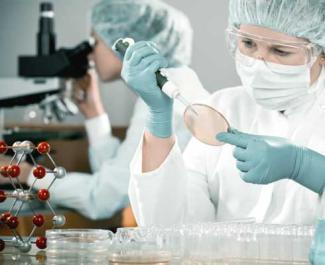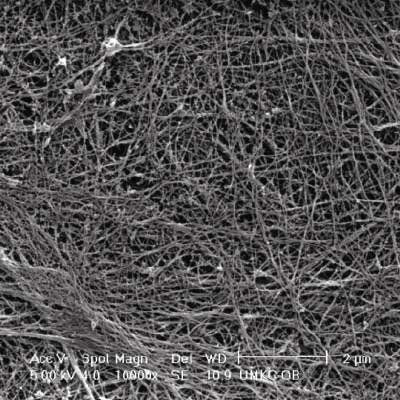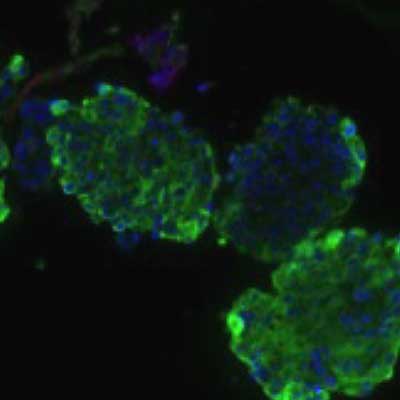A practical and reliable source of potent stem cells holds the future of stem cell-based therapies. The major focus of our research is to develop a tissue-specific culture system that mimics the normal physiological environment so that stem cells can be expanded and retain their original function. We have successfully reconstituted a native 3D extracellular matrix (ECM) produced by bone marrow stromal cells, and used it to promote bone marrow-derived mesenchymal stem cell (BM-MSC) replication and retention of multipotentiality. Our aim is to use this unique culture system to produce meaningful quantities of MSCs for stem cell-based therapies.
The Latest Facts & Findings
The native 3D ECM culture system is adaptable and can be modified to recapitulate a variety of tissue-specific microenvironments. Various applications have included improved replication and osteogenesis of MSCs from aged animals, promotion of salivary gland epithelial cell growth with retained function and enrichment of high quality pancreatic islets for transplantation into type I diabetic patients.
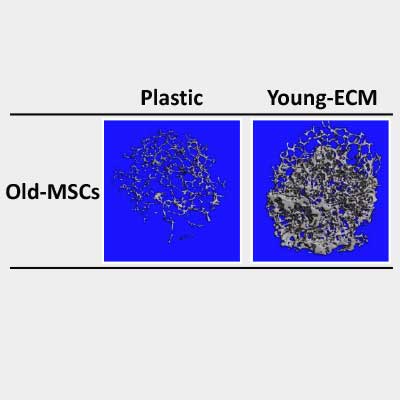
Stem Cells
Culture of aged MSCs on extracellular matrix produced by young bone marrow cells, but not plastic, promotes bone formation in an implantation model. MicroCT was used to image the bone formed in vivo.
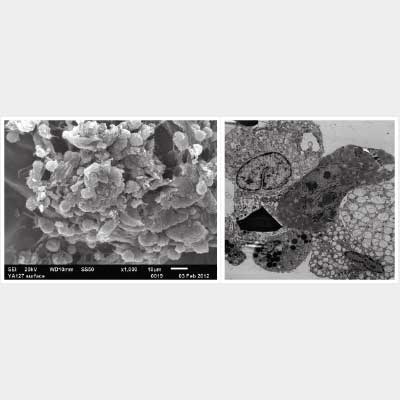
Collaborations
Image of collaboration with Dr. Joo Ong of UTSA and Dr. Chih-Ko Yeh, which grew salivary gland epithelial cells on 3D silk fibroin scaffolds. The cells retain functional and structural features of differentiated salivary glands.
